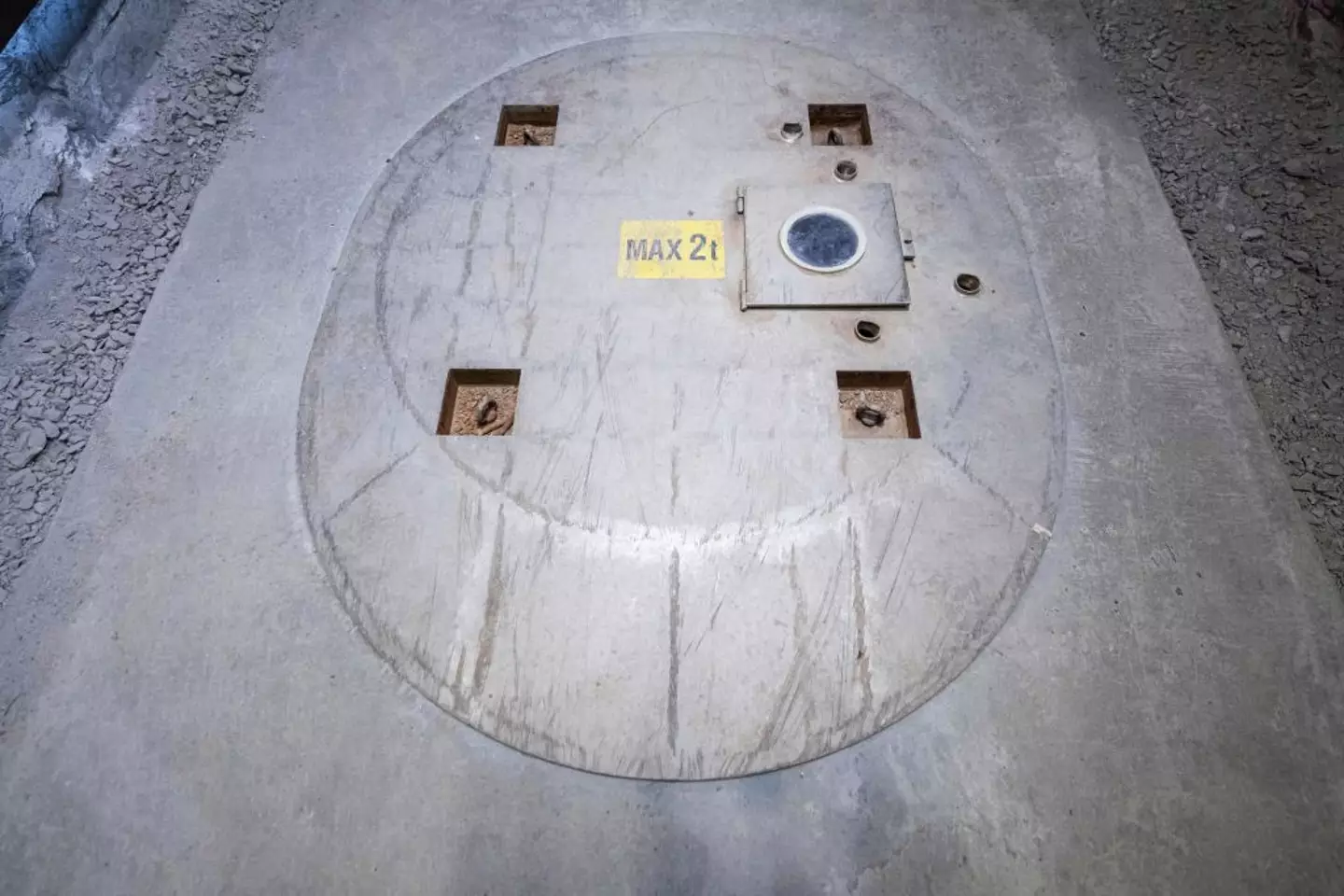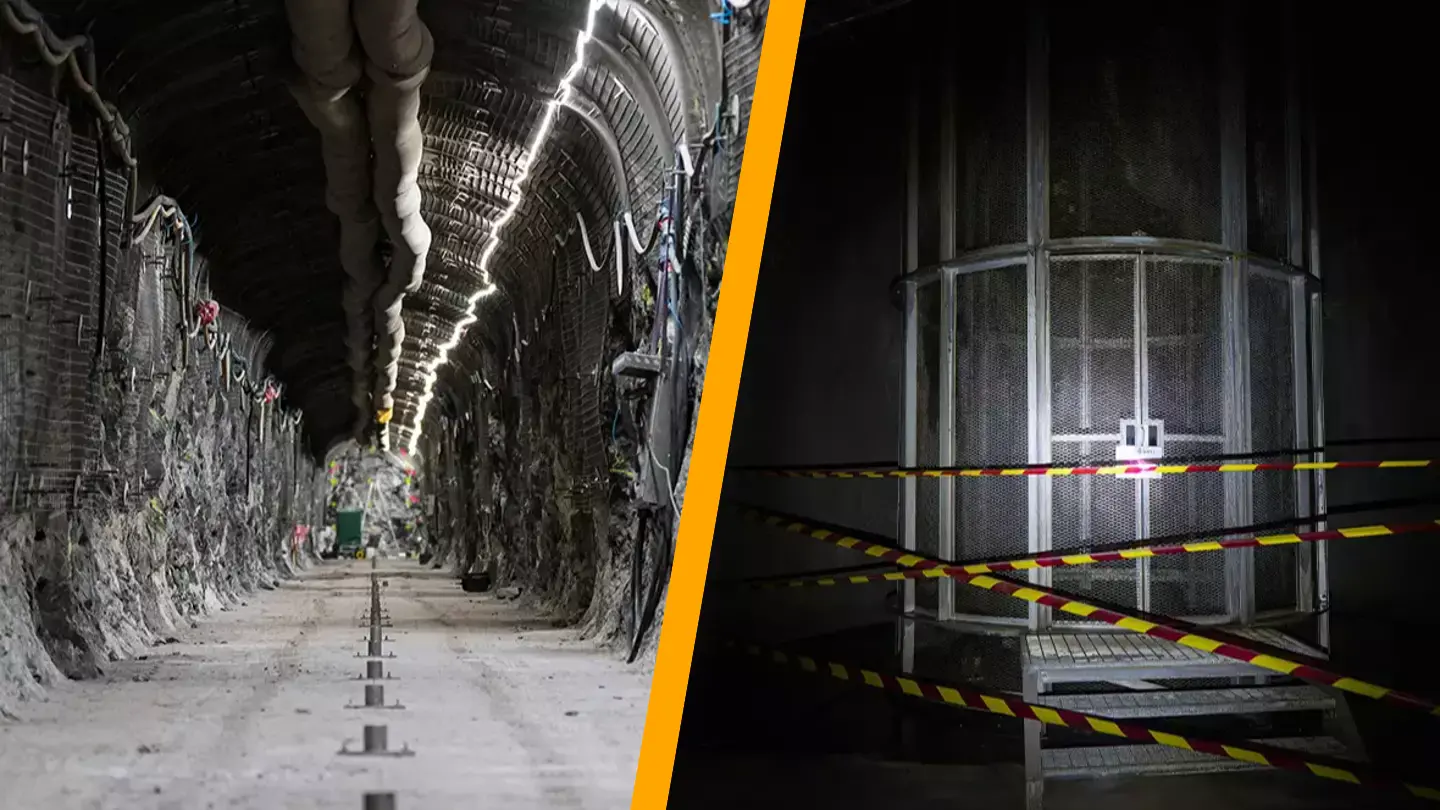There exists a location that will remain untouched by humans for an astounding 100,000 years, marking a historic global achievement.
To provide context, 100,000 years ago, the Earth was home to woolly mammoths during the ice age, and early humans struggled to survive in the challenging climate, with many perishing.
The future of our planet 100,000 years from now is uncertain—humans might have already ventured beyond Earth by that time.
If humanity is still present, we will finally be able to access an underground tunnel in Finland, where entry will be prohibited for approximately 4,000 generations.
This northern European nation, sharing borders with Sweden, Norway, and Russia, has constructed the first geological repository for the storage of spent nuclear fuel.
Although this might seem daunting, Finland has received global acclaim as ‘a model for the entire world’ in terms of sustainable nuclear energy storage solutions.
BBC journalist Erika Benke describes her experience: “A tour at Onkalo, which lies 450m (1,480ft) below the ground, to see tunnels hewn in the living rock to store highly radioactive waste for 100,000 years, suddenly makes me nervous,” after being invited to explore the site.

In 2025, the facility will be sealed, prohibiting human entry for 100,000 years.
This project is the initiative of Finland’s waste management organization, Posiva, which plans to encase the spent fuel in watertight canisters for placement in the Onkalo repository.
Situated in southwestern Finland, the repository is located near the Olkiluoto nuclear power plant.
Benke describes entering through a security gate, then traveling by car with her guide.
“It takes 15 minutes to drive down to Onkalo’s service station which lies 437m (1,430ft) below the ground. As the 4.5km-long (2.8 mile) tunnel begins to snake down, we see a standard traffic sign for a 20km/h (12mph) speed limit. There are also green signs on the tunnel wall at regular intervals indicating how far we are from the surface,” she writes.

Benke goes on to describe the narrow tunnel, just wide enough for a single vehicle, and the process where nuclear waste canisters will be transported via lifts from the surface to the service area.
She adds: “When the spent fuel starts being stored here, canisters will be lowered from this lift landing area further down to a deposition tunnel where they’ll be picked up by robotic vehicles to take them to vertical deposition holes – their final resting places.”
Continuing, she says, “We’re shown a demonstration deposition tunnel. Its entrance is a lot darker than the service area and the floor is uneven and wet, muddy in places. The walls are bare bedrock that glints in the torchlight.”
And from next year, what lies beyond will remain a secret…

